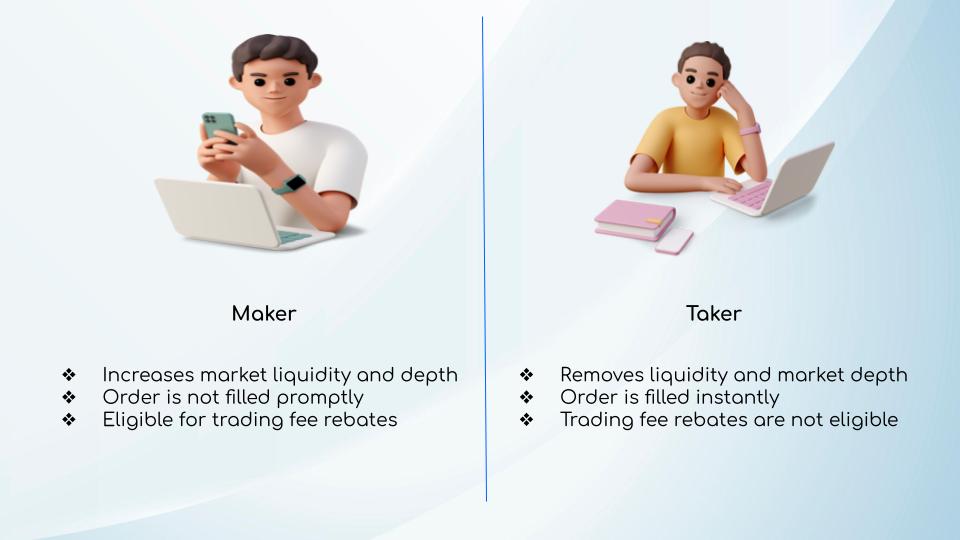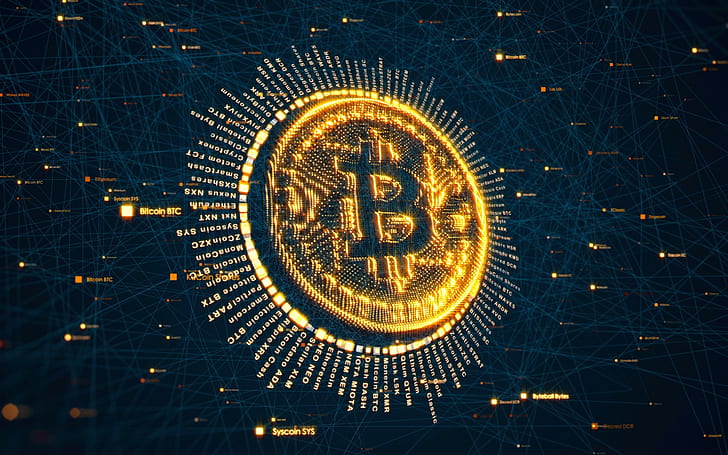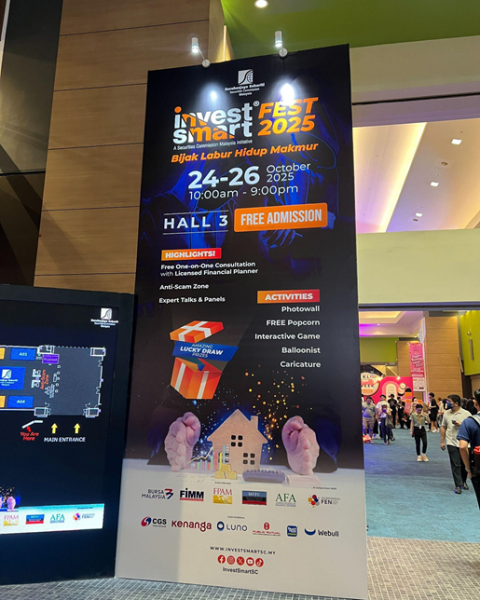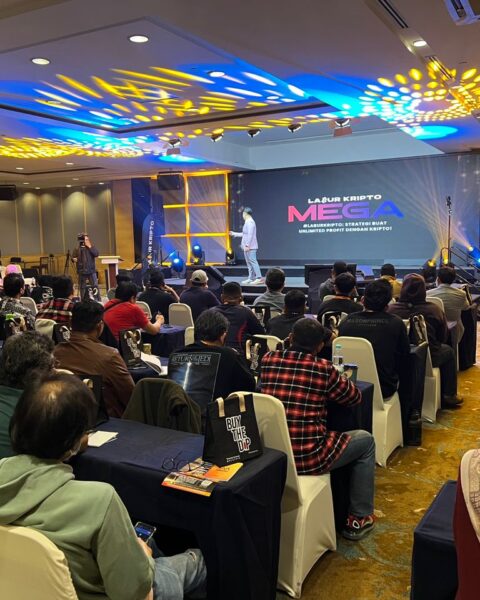Both experienced and novice cryptocurrency traders share the desire to pay the lowest trading fees possible. It has become essential to choose an exchange with minimal costs because whether you trade on a centralized exchange or a decentralized exchange, you prefer to receive the most bang for the buck. However, there are two kinds of fees: Maker and Taker.
In general, Maker fees are usually lower than Taker fees, but why is this and how are they different? In this guide, we will tackle both of these questions.
What Exactly Are Maker Fees?
Simply stated, maker fees are the fees charged to the individual who placed the order on the order book.
The order must be one that cannot be filled. In simple terms, they bring additional money to the exchange since they are another buyer, but they are creating a new order rather than buying assets that are available in the order book.
Consequently, this implies more money for the exchange because there is a new order in addition to the ones already recorded on the order books rather than removing an order from the order books by purchasing it for that price.
What Are Taker Fees?
Taker fees are the fees charged to the individual who takes an order off the book, as you would have figured from the section on maker fees.
This implies they are buying assets at a price currently published on the exchange, instead of placing a new order at a price different from current market pricing.
Unlike a maker order, a taker order removes liquidity from the books without bringing anything new, therefore the net profit for the exchange is lesser than if you submitted a new order at a price that is not yet available on the order book.
Why Are They Different?
The key reason exchanges generally charge less for Maker orders than Taker orders is to maximise net profit. In fact, many exchanges do not impose fees for Maker orders with regard to incentivising users to place more trades on the exchange.
When you place a Maker order, you are adding X amount of RM or cryptocurrency to the exchange, which increases the number of assets the exchange already have because there are other orders (to state it clearly, think of it as one order/price available becoming two because you placed a new order). Contrarily, when you accept an order that has already been placed, the amount of assets that are still available is reduced (one order would no longer be available; you accepted an order that was already in place).
Therefore, exchanges want to encourage you to place more orders on the books so that they may charge less for maker orders. This increases their profit since there are more orders for them to collect taker fees when those maker orders are taken, and it also increases the number of orders on the book.

Is It Realistic to Cut These Fees?
Yes! For various reasons, almost all centralised exchanges (such as Binance and etc.) offer cheaper maker and taker fees.
One approach to achieve cheaper fees is by increasing your trading volume, with trading fees getting down as your volume increases. Besides, by holding the exchange’s proprietary token, you may be able to lower the maker or taker order fees you need to pay, with fees decreasing as your token holdings increase. Moreover, several exchanges waive the first month’s trading fees for new users.
Summary
To put it simply, traders who place orders to buy or sell assets to promptly fill other people’s orders are known as takers. In contrast, traders who place pending or limit orders contribute while waiting for others to fill them are the makers.
Market makers and takers work together to offer liquidity for users to buy and sell digital currencies in the cryptocurrency market. Maker orders ensure that there is liquidity on cryptocurrency exchanges, while taker orders ensure that orders flow constantly.
To get a slightly lower maker fee, traders should always use a limit order when placing trades. A market order should be used by traders who wish to execute a trade instantly at the current price. These traders will pay a little higher fee, depending on the exchange, and they will not be eligible for any fee rebates.
Find out more about Fees & Charges and start your crypto journey today!
Join us for more updates: Facebook | Telegram | Linkedin | Twitter
MX Global– Built in Malaysia for Malaysians
Legal Risk Disclosure:
Trading on cryptocurrency carries a high level of risk, and may not be suitable for all investors.
The high degree of leverage can work against you as well as for you. Before deciding to trade with MX Global, you should carefully consider your investment objectives, level of experience, and risk appetite.
The possibility exists that you could sustain a loss of some or all of your initial investment and therefore you should not invest money that you cannot afford to lose.
You should be aware of all the risks associated with cryptocurrency trading, and seek advice from an independent financial advisor.
DISCLAIMER:
Any opinions, news, research, analyses, prices, or other information discussed in this presentation or linked to from this presentation are provided as general market commentary and do not constitute investment advice.
MX Global Team does not accept liability for any loss or damage, including without limitation to, any loss of profit, which may arise directly or indirectly from the use of or reliance on such information.









